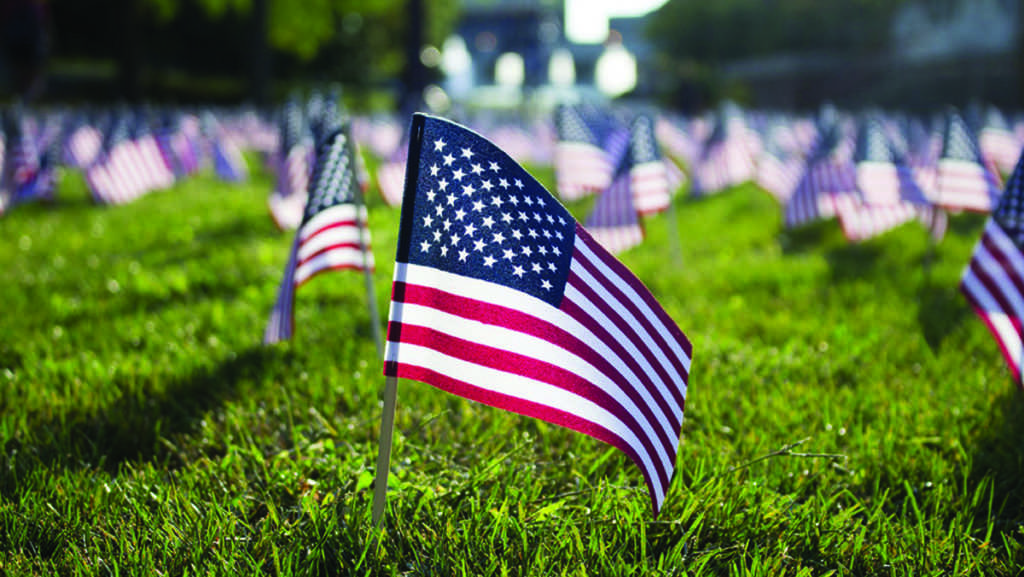There has been an increase in active shooter drills in schools after what NPR calls “a regular drumbeat of mass shootings in the U.S., both inside schools and out.” Despite the goal of improving student safety, new research shows the drills may be negatively impacting students. The nation’s two largest teachers’ unions are demanding change.
The American Federation of Teachers and the National Education Association called for an end to surprise drills and drills that simulate gun violence. These unions call for the revision or complete termination of these drills because of the ways they negatively affect the students that partake in them.
The unions previously joined forces with the advocacy group Everytown for Gun Safety Support Fund in order to conduct research into the effects of drill implementation in schools. Everytown then released a report Feb. 11 on its website providing research it did in schools all across the country. The implementation of shooter drills, a $2.7 billion dollar industry, appears to increase student trauma.
Lily Eskelsen Garcia, president of the National Education Foundation, requests that schools pay extra attention to where these drills are going wrong and adjust them accordingly.
“Everywhere I travel, I hear from parents and educators about active shooter drills terrifying students, leaving them unable to concentrate in the classroom and unable to sleep at night,” she said to AP. “Traumatizing students as we work to keep students safe from gun violence is not the answer.”
The report released by Everytown also recommended that schools concentrate on properly training staff and faculty on how to respond if there is an active shooter. This training requires a guideline on how to conduct and when to use drills. These guidelines direct schools to work with mental health officials in order to create age-appropriate drills and to ensure that parents, educators and students all are aware of a drill in advance of it taking place.
In addition to these guidelines, Everytown recommends never simulating an actual shooting.
“In Indiana, they were shooting teachers with rubber pellets so they would feel the adrenaline of what a school shooting would feel like,” said Shannon Watts, founder of Moms Demand Action. Watts also described to AP the events that took place at a school in California in which “a superintendent hired a stranger to wear a mask to rattle the doors of classrooms without letting faculty and students know.”
The effectiveness of drills in preventing the impact of gun violence is unclear. In the key findings of the Everytown report, researchers confirm that there “is extremely limited research available on drills’ effectiveness.” The report also states that because of the newness of drills, there is not enough data available to accurately and comprehensively examine the effects of them.
Jean-Paul Guilbault is chief executive of the Alice Training Institute, a group that frequently holds active shooter drills. Guilbault argues that drills can be effective if properly implemented.
“We drill so everyone has a plan when faced with danger, to give people a chance at survival,” he said.
Meanwhile, Abby Clements, who was teaching at Sandy Hook Elementary School in Newtown, Connecticut, the day of the mass shooting that killed 26 people in 2012, argued that a drill is not enough to save lives in the moments of an actual shooting. Clements said the students at Sandy Hook knew their emergency protocols, ranging from evacuation routes to where to hide out of sight in the classroom.
“Frightening students with some type of active drill, I think, … is barbaric,” she said to AP. “There is no way you could possibly be prepared for the infinite number of ways that a shooting could go down with these weapons of war.”









